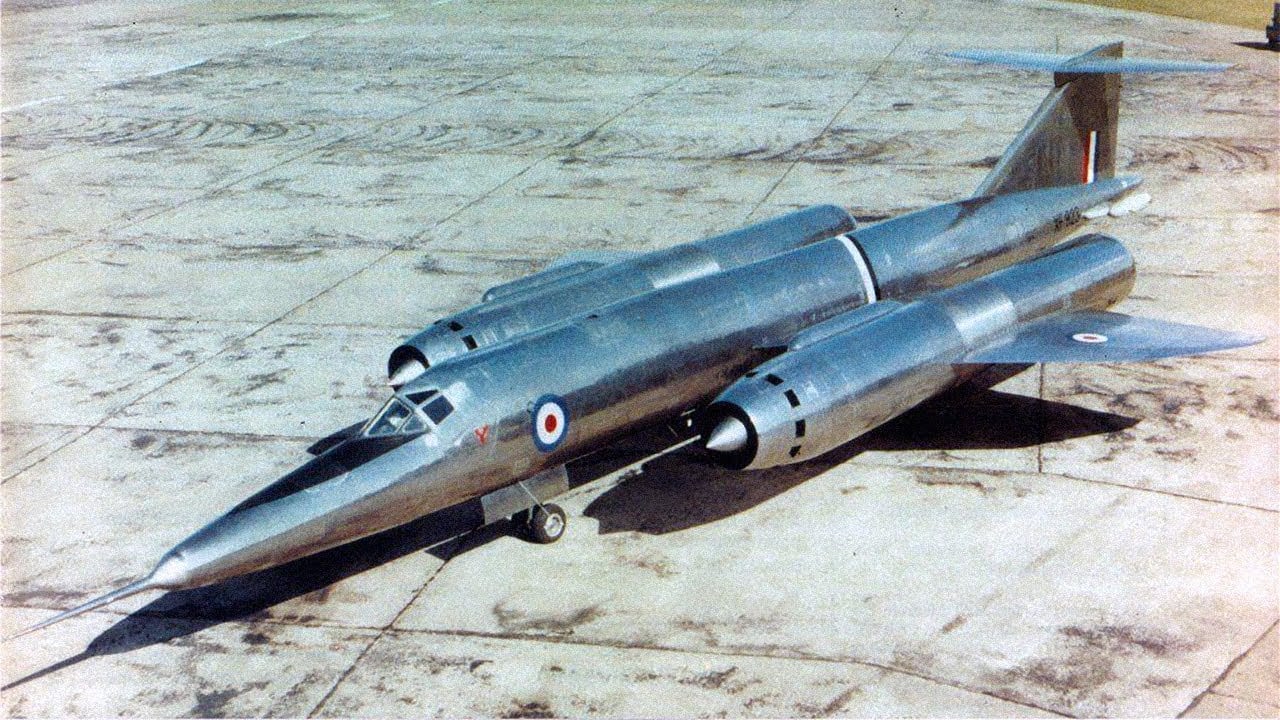The Pentagon's recent approval of a classified counter-drone strategy underscores the escalating urgency of addressing threats posed by unmanned aerial systems (UAS). Defense Secretary Lloyd Austin's directive aims to unify military efforts in safeguarding personnel and facilities from increasingly sophisticated drone attacks, particularly as incidents involving one-way aerial assaults have surged. The statement from the Pentagon highlights the need for a cohesive understanding of these threats, particularly in light of Iran-backed Houthi groups targeting maritime assets and the prominent role of drones in the ongoing conflict in Ukraine. This strategic pivot reflects a broader recognition of the vulnerabilities that U.S. forces face in an evolving battlefield landscape.
The strategy outlines a comprehensive approach that includes enhancing detection capabilities, countering threat networks, and integrating counter-drone measures into military doctrine and training. By prioritizing rapid deployment of off-the-shelf technologies and fostering partnerships with Congress and industry, the Department of Defense aims to create a robust framework for countering UAS threats. The emphasis on clear metrics for progress, while still shrouded in some ambiguity regarding public disclosure, signals a commitment to adapt to the dynamic nature of drone warfare. Ultimately, this strategy lays a foundational blueprint for the military to effectively counter the multifaceted challenges posed by unmanned systems, though continuous reassessment will be essential to keep pace with evolving threats.









